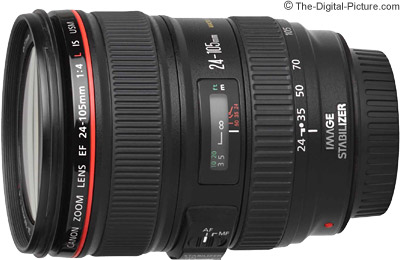Articles
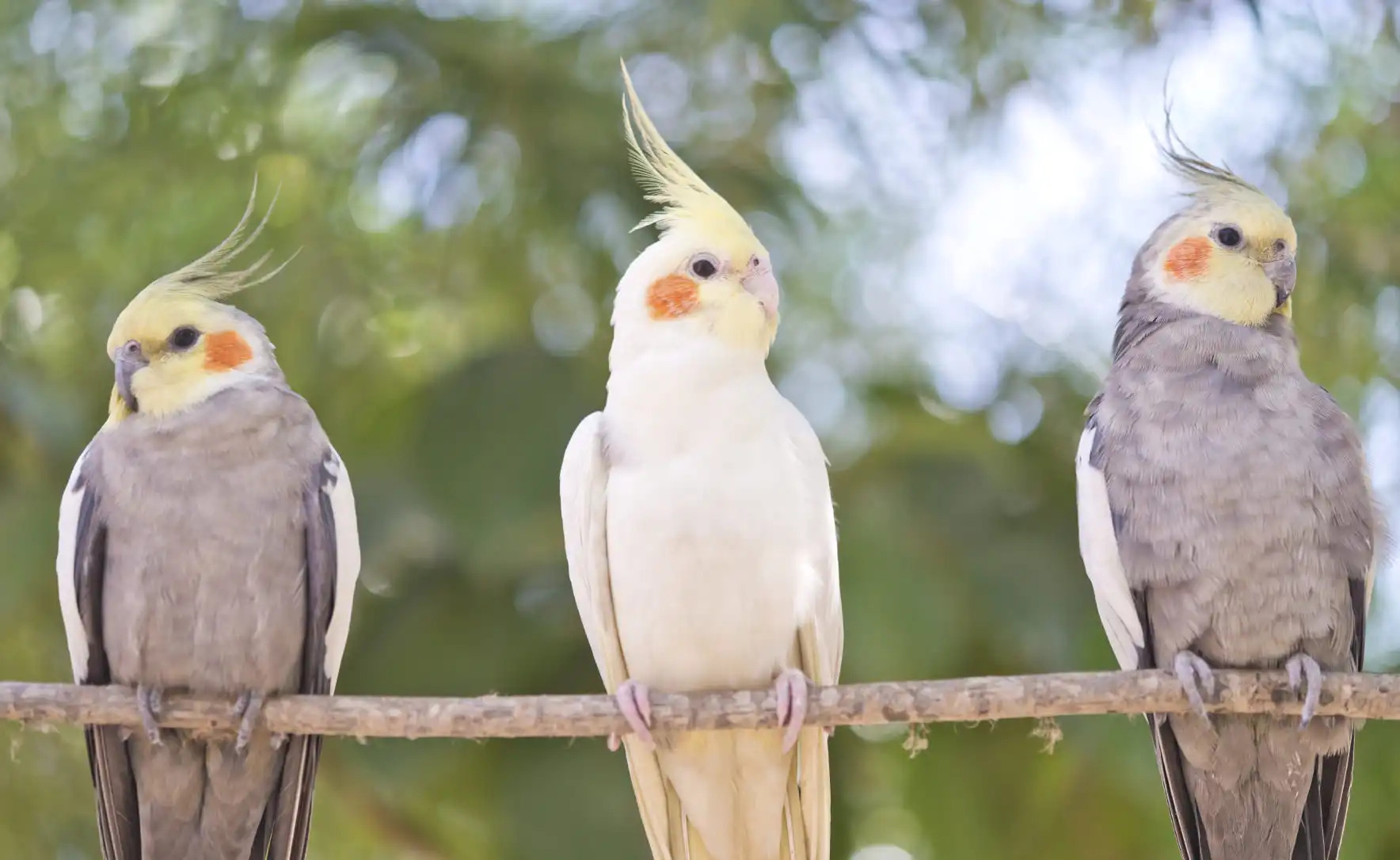
Four Critical Bird Photography Mistakes to Avoid
Photography TalkBird photography can be a tough customer. With subjects that can be shy, difficult to find, or hard to track in flight, there’s quite a lot that can work against you getting a good shot. Add in difficult lighting, bad weather, equipment malfunction, and other common maladies, it’s a recipe for more bad bird photos than good.
However, it’s important that you control what you can control - in particular, compositional and technical factors that can make all the difference in the world regarding how your final images look. Let’s explore four critical mistakes that are commonly made in bird photography, each of which is easy to fix.
Unfortunate Cropping

Just like when you photograph a human, you need to be aware of how you crop your photographs of birds. Avoid cutting off the tips of the bird’s wings, its feet, or its beak, otherwise, the animal will look like it has lost parts of its body. Instead, give the bird some space. Not only does this allow you to avoid cropping mistakes, but it also gives you an opportunity to give some context the bird’s environment.
There is one exception to this suggestion, however. If a situation calls for cropping out parts of a bird’s body, do so with purpose! If you are going to crop, crop significantly so the viewer understands that the cropping was deliberate, and not just a sloppy oversight.
Ugly Backgrounds
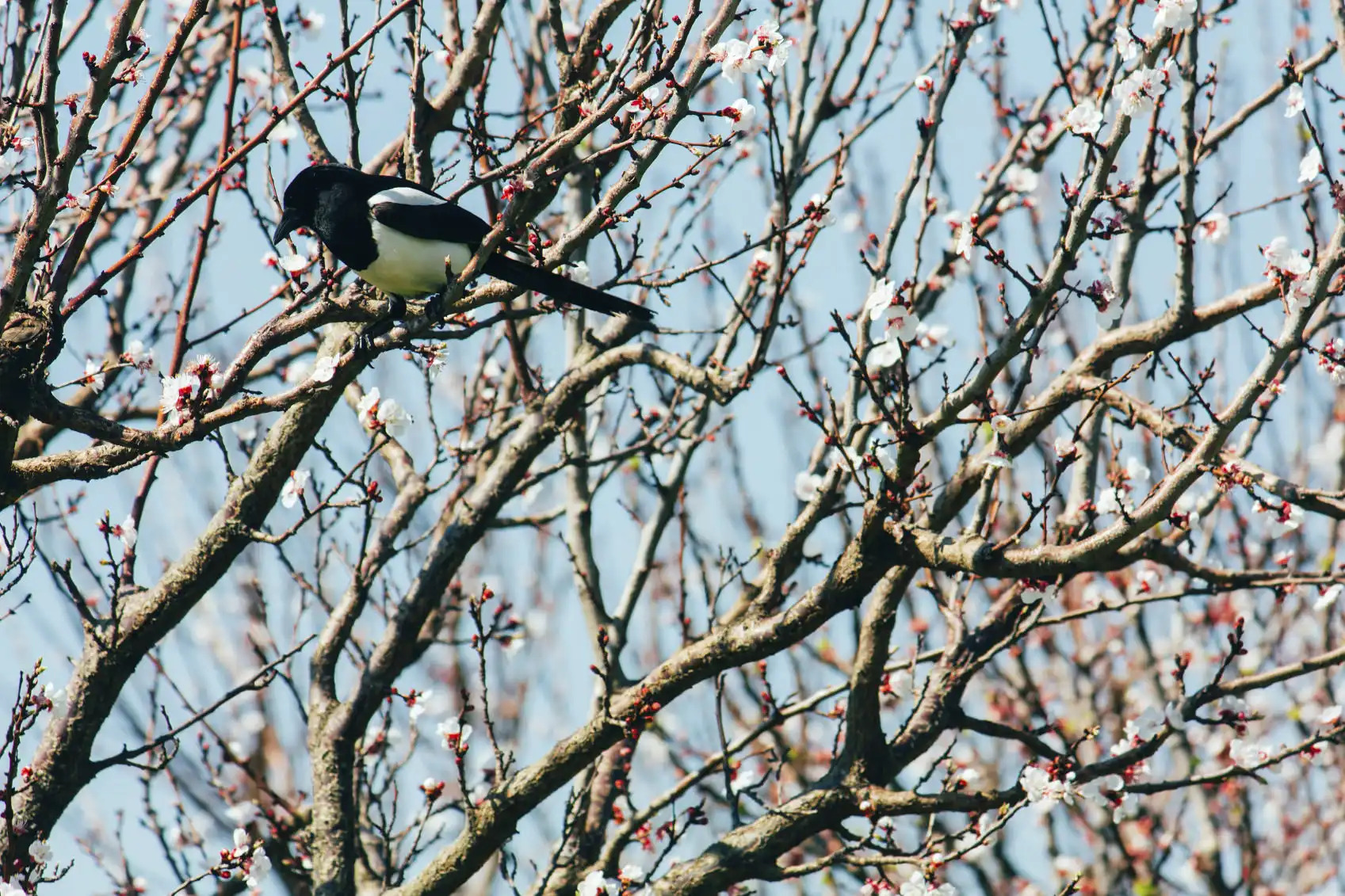
One of the fastest ways for a bird photograph to go south is for the background to be ugly. A mess of tree branches or other plants, unnatural elements like telephone poles or vehicles, or backgrounds that are too similar to the color of the bird will quickly take attention away from the subject.
When composing your bird photographs, look for a background that will complement, not detract from, your bird subject. A nice blurry background is a great canvas on which to place your subject. Muted tones tend to help birds stand out as well.
Blurry Photos
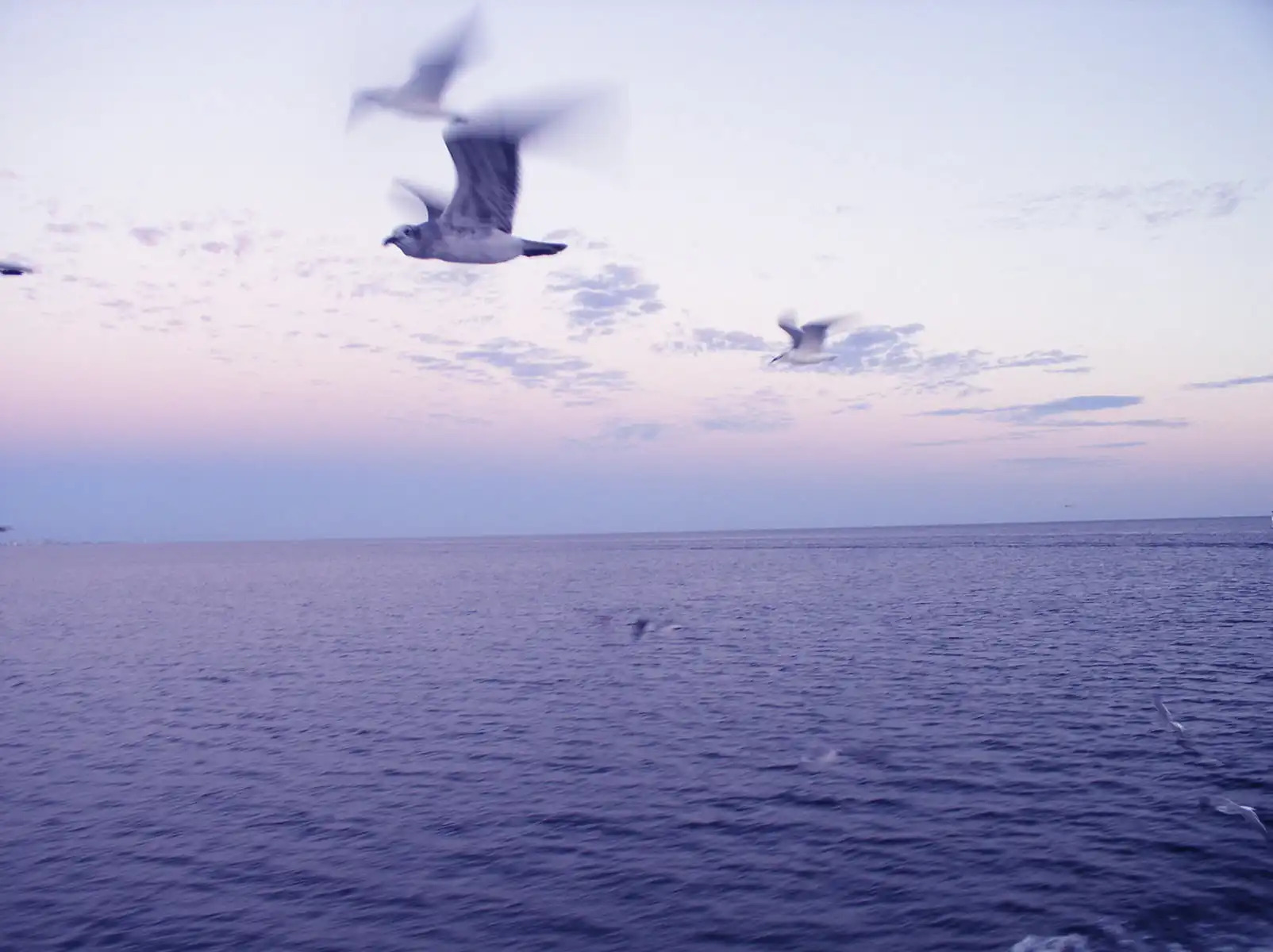
With such an active subject, it can be difficult to get a tack-sharp image of a bird. Just ask any bird photographer and they will tell you they’ve got plenty of shots that were ruined because they’re blurry.
Blurry photos are often the result of a shutter speed that’s too slow. Especially when birds are in flight, it’s important to set a shutter speed that’s fast enough to capture their movement and do so with sharp focus.
Another culprit of blurry photos is when the focus point is not on the bird’s eye. Even if everything else in the photo is in good focus, if the bird’s eye is blurry, it will make viewers cringe. Constantly check your focus by using your LCD screen and zooming in on your images. If you find that the bird’s eye is blurry, make the necessary adjustments, like selecting a focus point that’s over the bird’s eye.
No Room to Fly
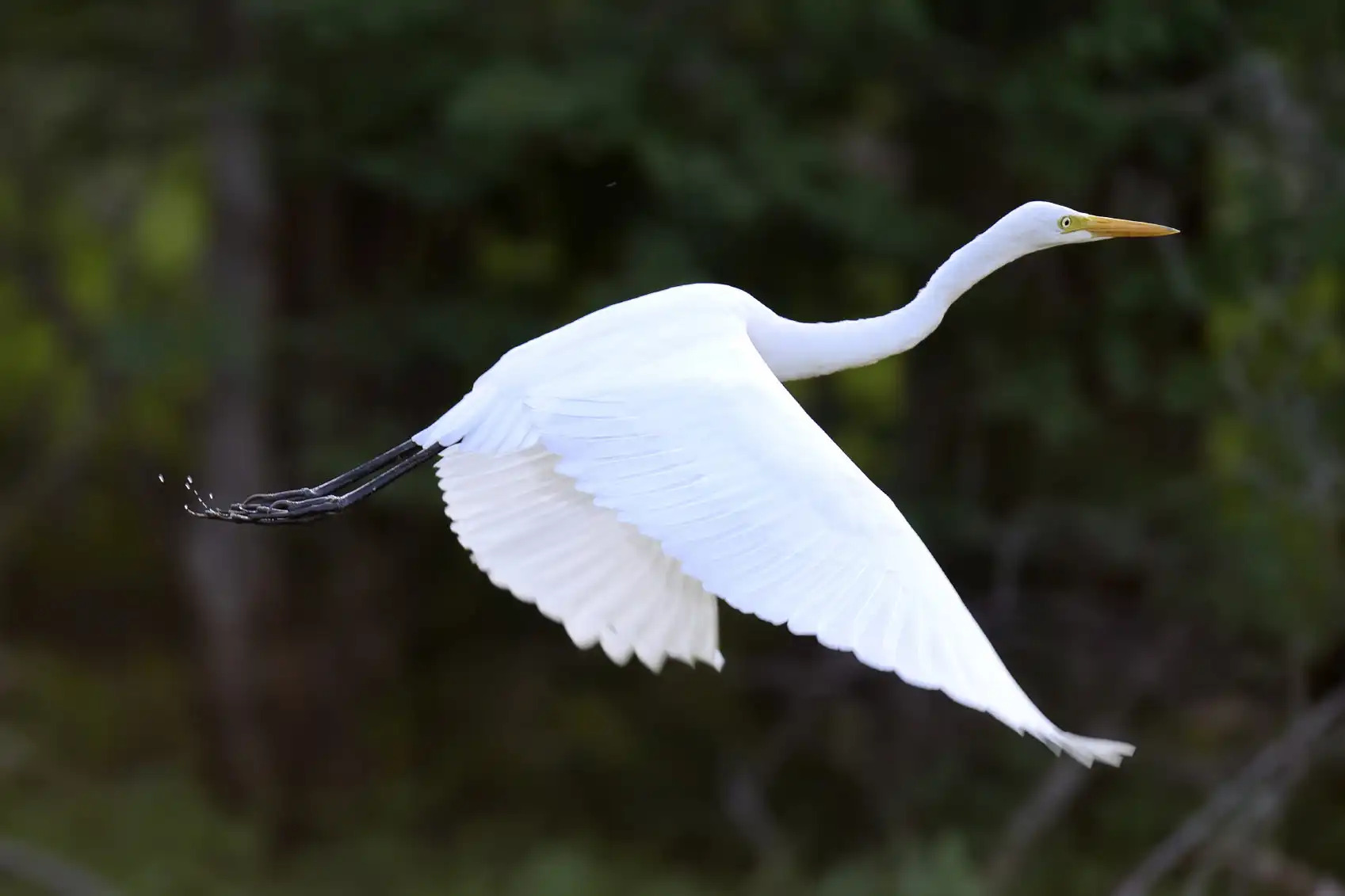
It’s a very common problem for photos of birds in flight to be too closely framed. In the example above, the egret looks great and is set on a perfect background. The focus point is over the bird’s eye, and the lighting is highly pleasing.
But, despite all that’s going for it, the image is unsuccessful because the bird has no room in which to fly. As a result, the bird looks very cramped. It also doesn’t help that the bird is smack in the middle of the frame, making it look stuck. Simply following the rule of thirds and shifting the bird to the left of the frame and leaving negative space on the right side of the frame would take care of this issue.
Avoiding These Mistakes (And Others) is Easy!
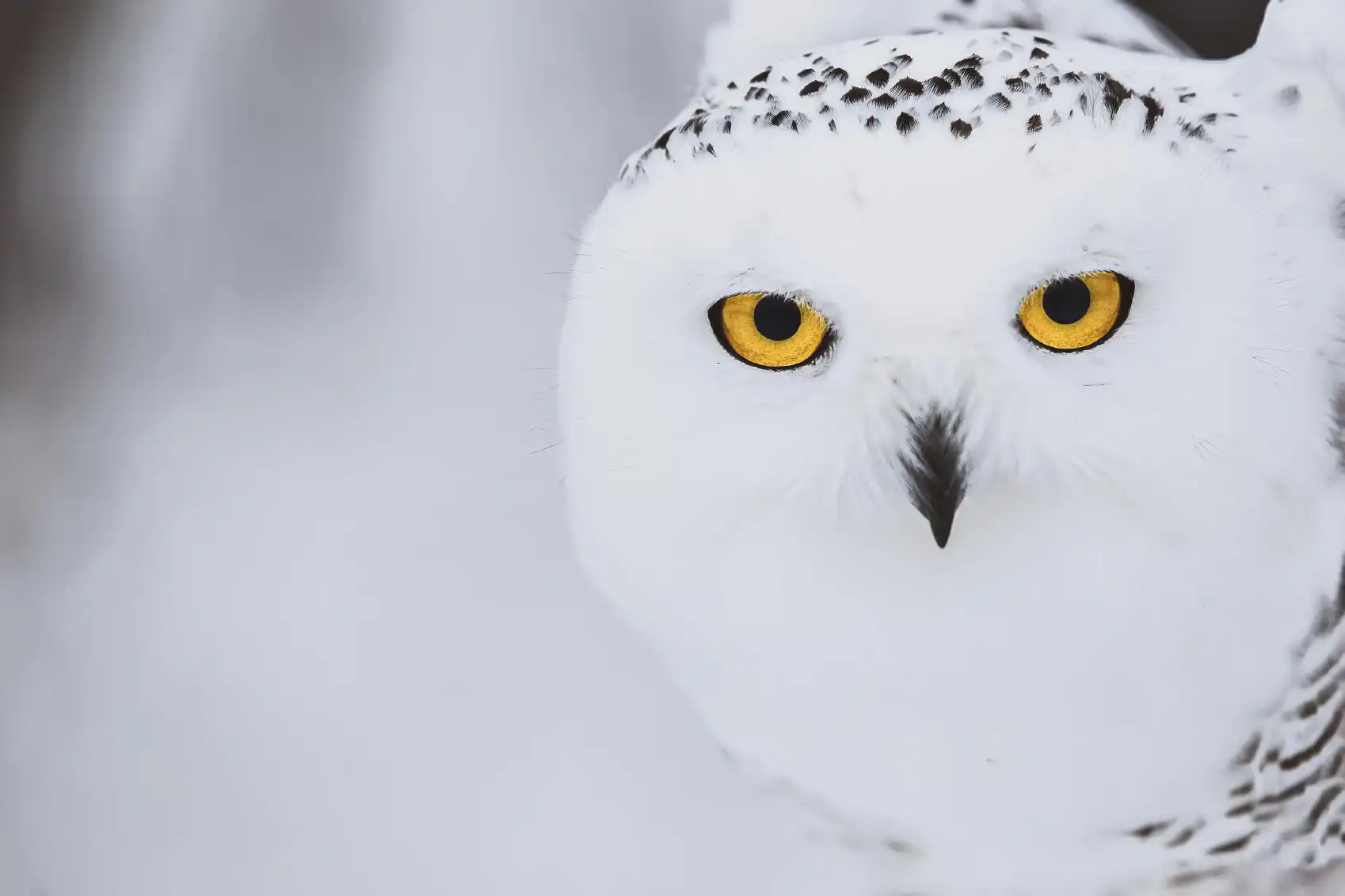
As we’ve discussed, addressing these critical mistakes is quite simple. Much of it involves developing your photographer’s eye and simply being aware of how you’re composing the shot. Watch your framing, cropping, and the background of your image to ensure each is adding to, not detracting from, your portrayal of the bird. Likewise, paying attention to your shutter speed and areas of focus will get you improved photos of birds every single time.
If you’re serious about bird photography and want even more detailed instruction on how to improve your bird images, we highly recommend the Festival of the Cranes in New Mexico. Held each November, the Festival of the Cranes will get you in touch with other bird photography enthusiasts for exciting educational opportunities, photo contests, a bird photography expo, and photography outings. Come experience and learn with over 165 birding and photography workshops, tours and seminars. You don’t want to miss it! www.festivalofthecranes.com
{module Article bottom share buttons}
{module Recommended Reading}

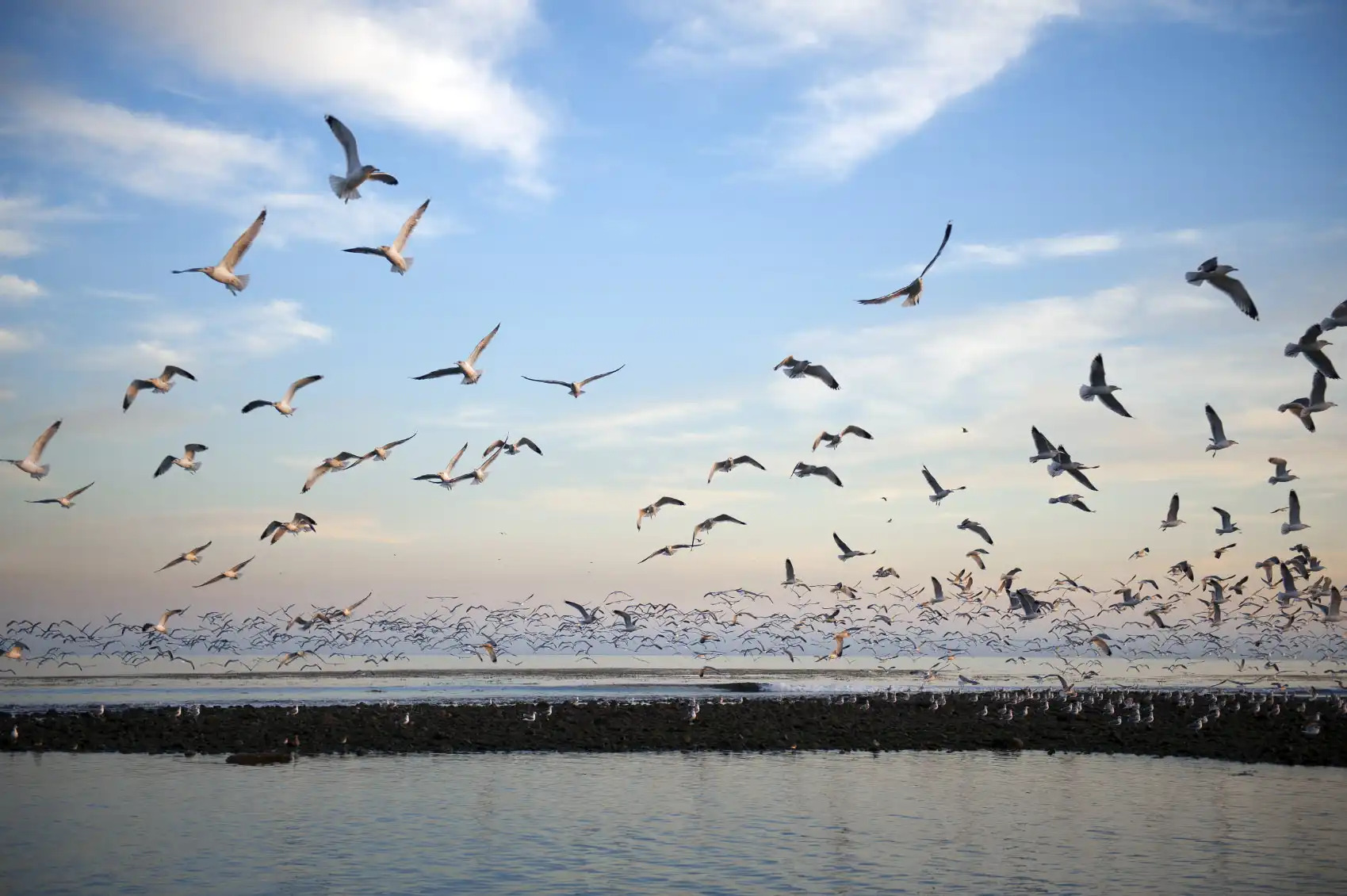






-470-75.jpg)
